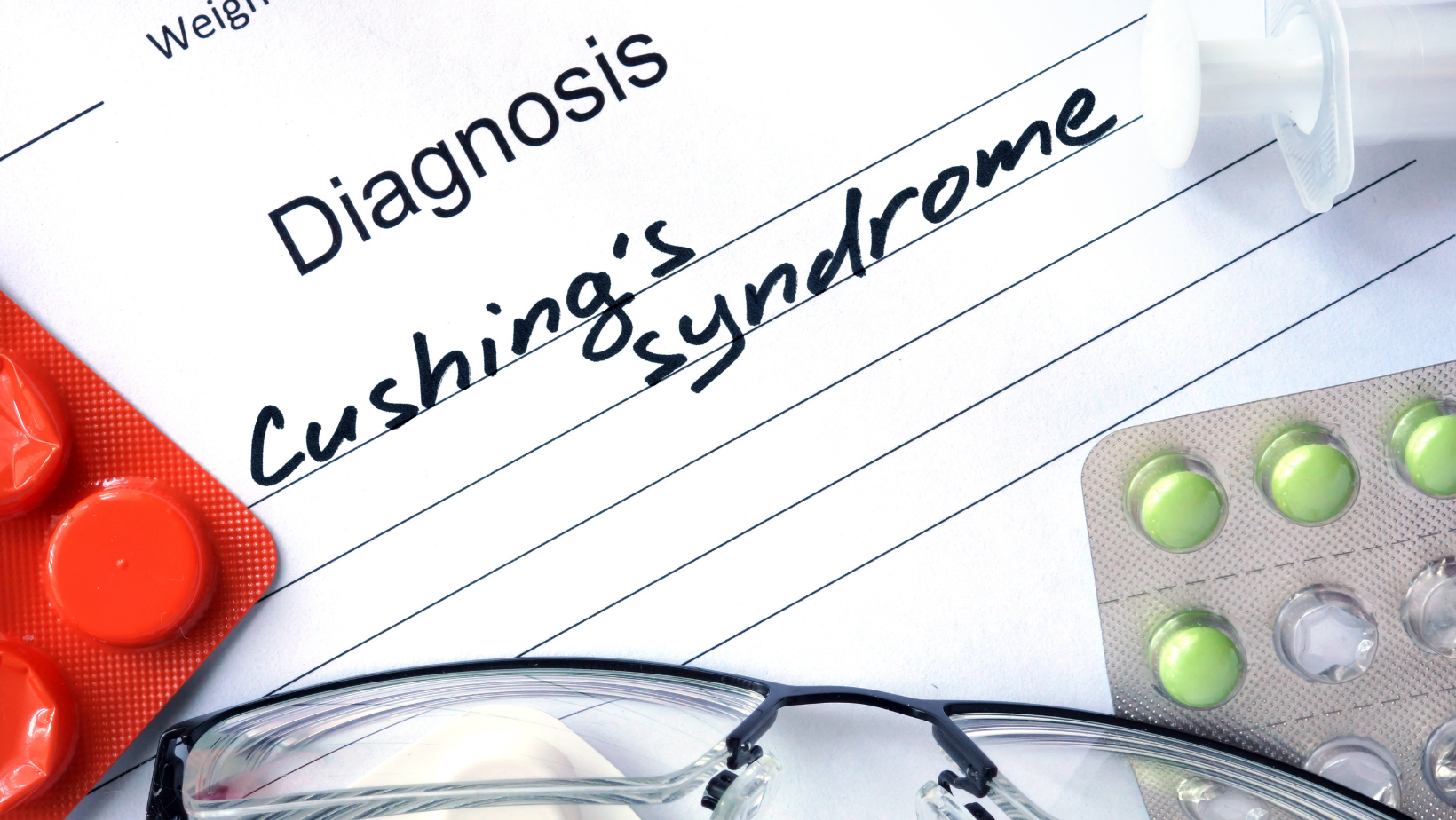Hair Loss - Symptoms, Causes, and Treatment - Avicenna Health
Hair Loss
Hair loss may affect only the scalp or the whole body. Also, it could be temporary or permanent. Heredity, hormonal changes, and medical conditions could lead to hair loss.
Everyone can lose hair on the head, but it is spreading more in men.
However, treatment may help with some cases of hair loss.
Symptoms
- Gradual thinning on top of head: This is the most common type, whichhappens among people as they age.
- Circular or patchy bald spots: it could affect the scalp, beard, or eyebrows.
- Full-body hair loss: Some diseases and medical treatments, like chemotherapy used in cancer, can cause loss of hair whole the body, but the hair mostly return.
- Patches of scaling: are a sign of ringworm that may happen along with broken hair, redness, swelling, and, at times, oozing.
- Sudden loosening of hair: After the physical or emotional shock, many people risk hair loss.
Causes
Everyone loses hair in the usual case, but between 50 and 100 hairs per day.
Also, many causes lead to hair loss.
- Age: hair growth slows with age because hair follicles stop growing hair
- Hereditary: Both genders develop this type of hair loss, the most common cause of hair loss worldwide. Men get male pattern hair loss, and Women get female pattern hair loss. Regardless of whether it develops in a man or a woman, the medical term is androgenic alopecia.
- weight loss
- stress
- iron deficiency
- cancer treatment
Risk factors
- Family history
- Age
- Poor nutrition
- Significant weight loss
- Stress
When to see a doctor
If you have persistent hair loss, you should see a doctor and want to pursue treatment. For women experiencing a receding hairline, you should talk with a doctor about early treatment to avoid significant permanent baldness.
Diagnosis
There are many procedures to diagnose the case:
- Blood test: This might reveal any disease that can cause hair loss.
- Pull test: the doctor gently pulls several dozen hairs to see how many come out.
- Scalp biopsy: the doctor scrapes samples from the skin or hairs to examine the hair roots under a microscope, so this can help determine whether an infection is causing hair loss.
- Light microscopy: using a unique instrument to examine hairs trimmed at their bases.
Management
Usually, hair loss does not need treatment and is temporary, so it grows back or regular part of getting older.
Hair loss caused by disease usually stops or grows back after recovery.
However, Finasteride and Minoxidil are the most common treatments for male pattern baldness.
Moreover, Minoxidil can also be used to treat female pattern baldness.
Also, Women should not use finasteride.
Differential diagnosis
- Thyroid disease
- Alopecia areata
- Scalp infections
References
- Mayoclinic
- Medscape
- Healthline
- AAD
- NHS













